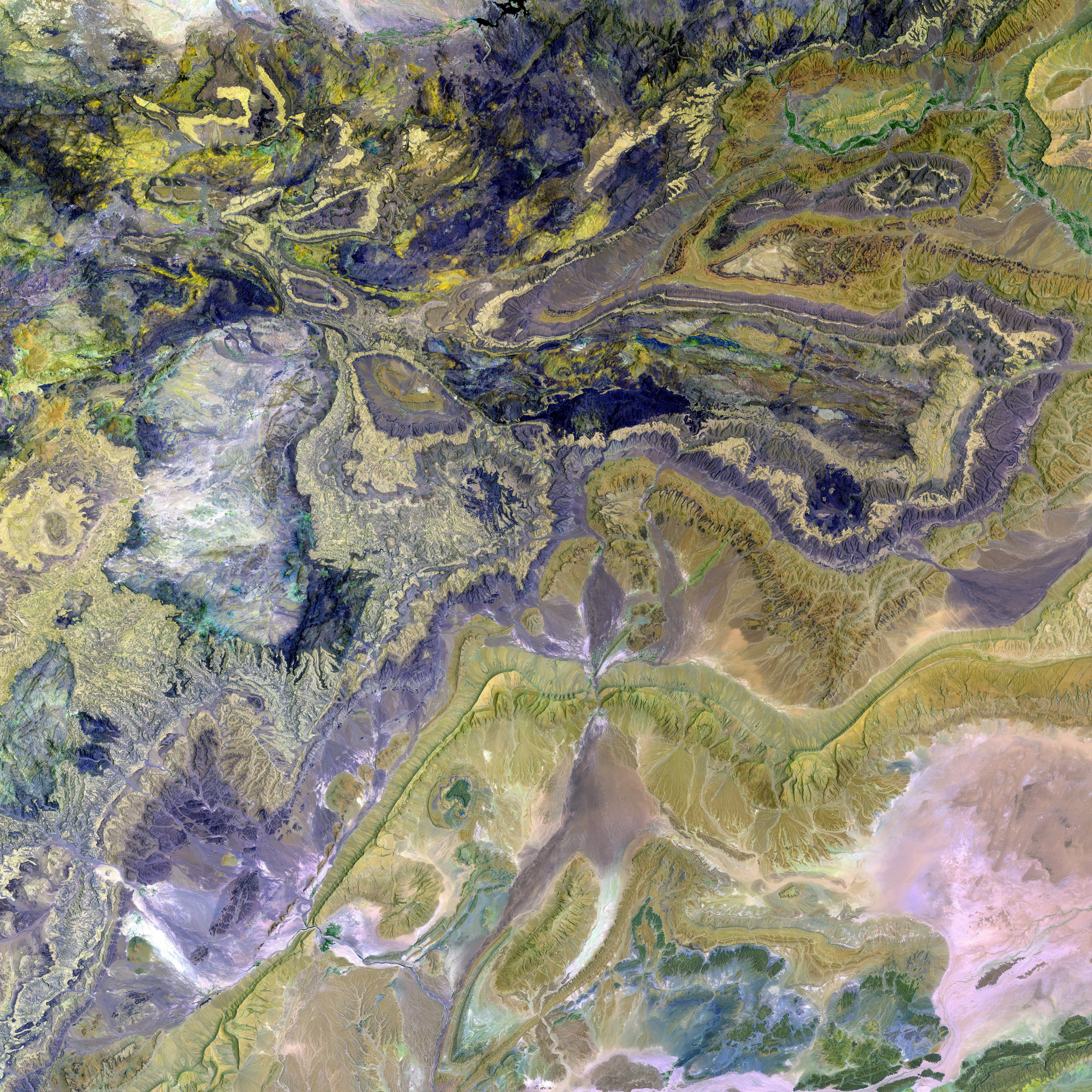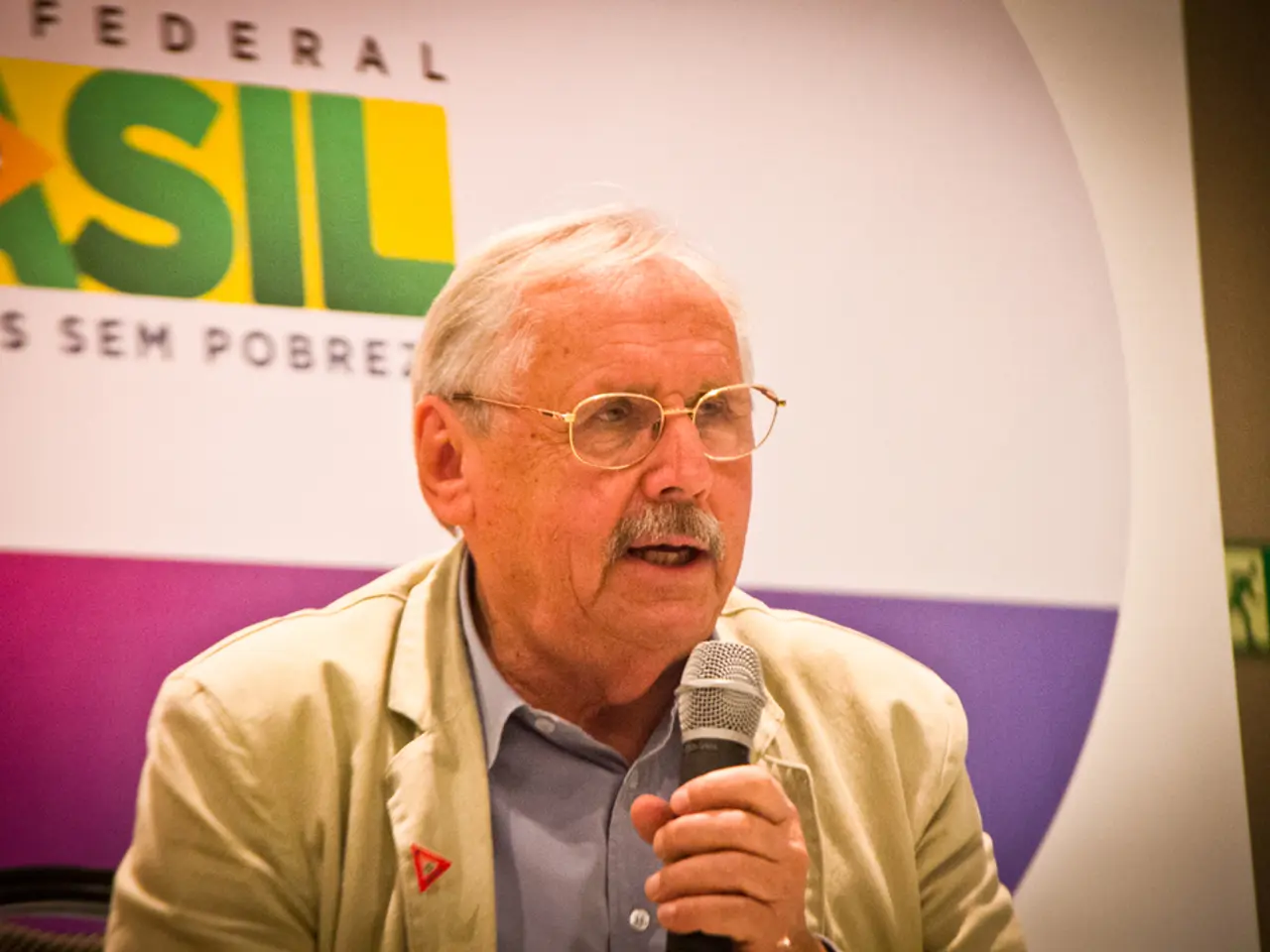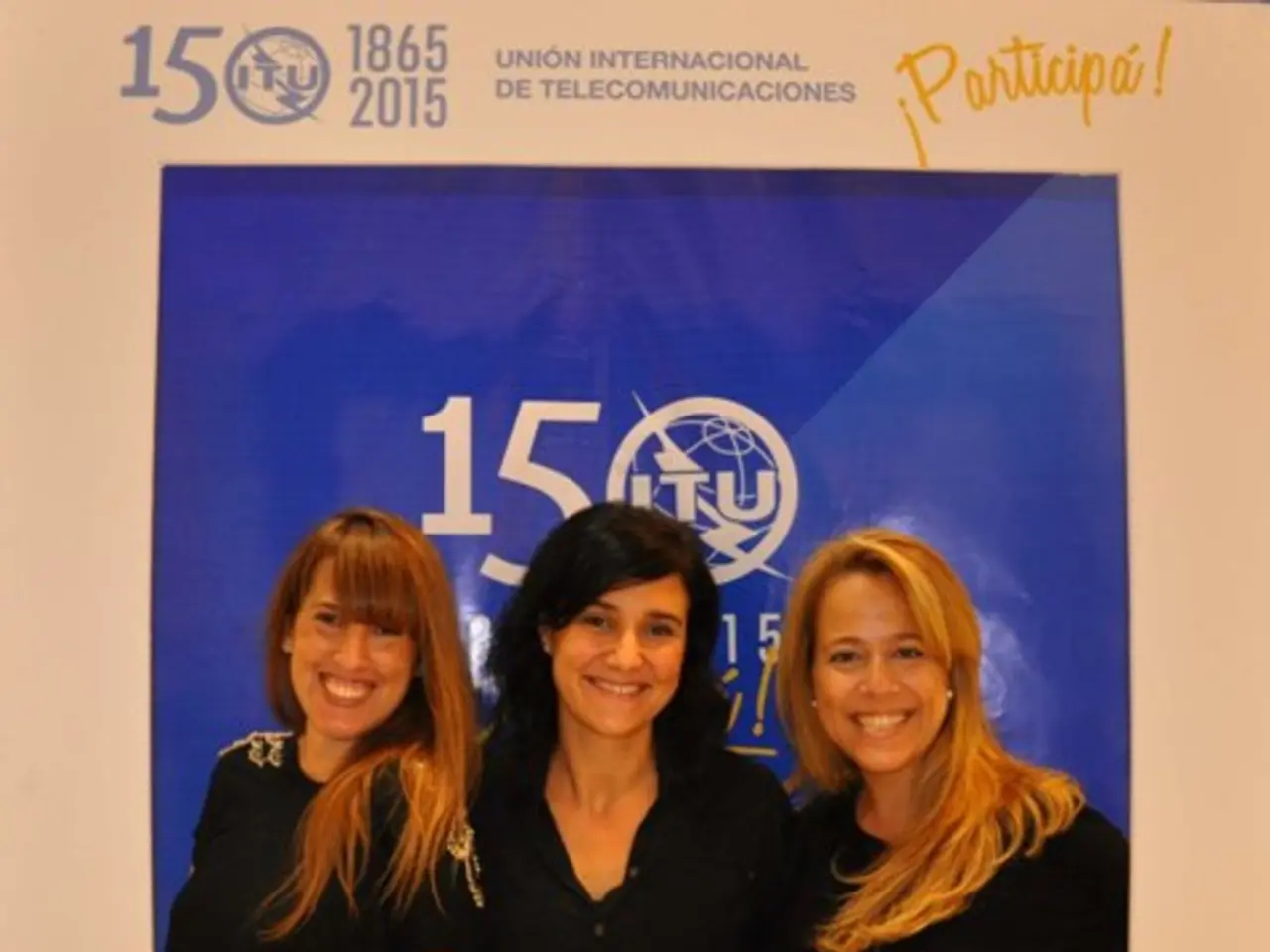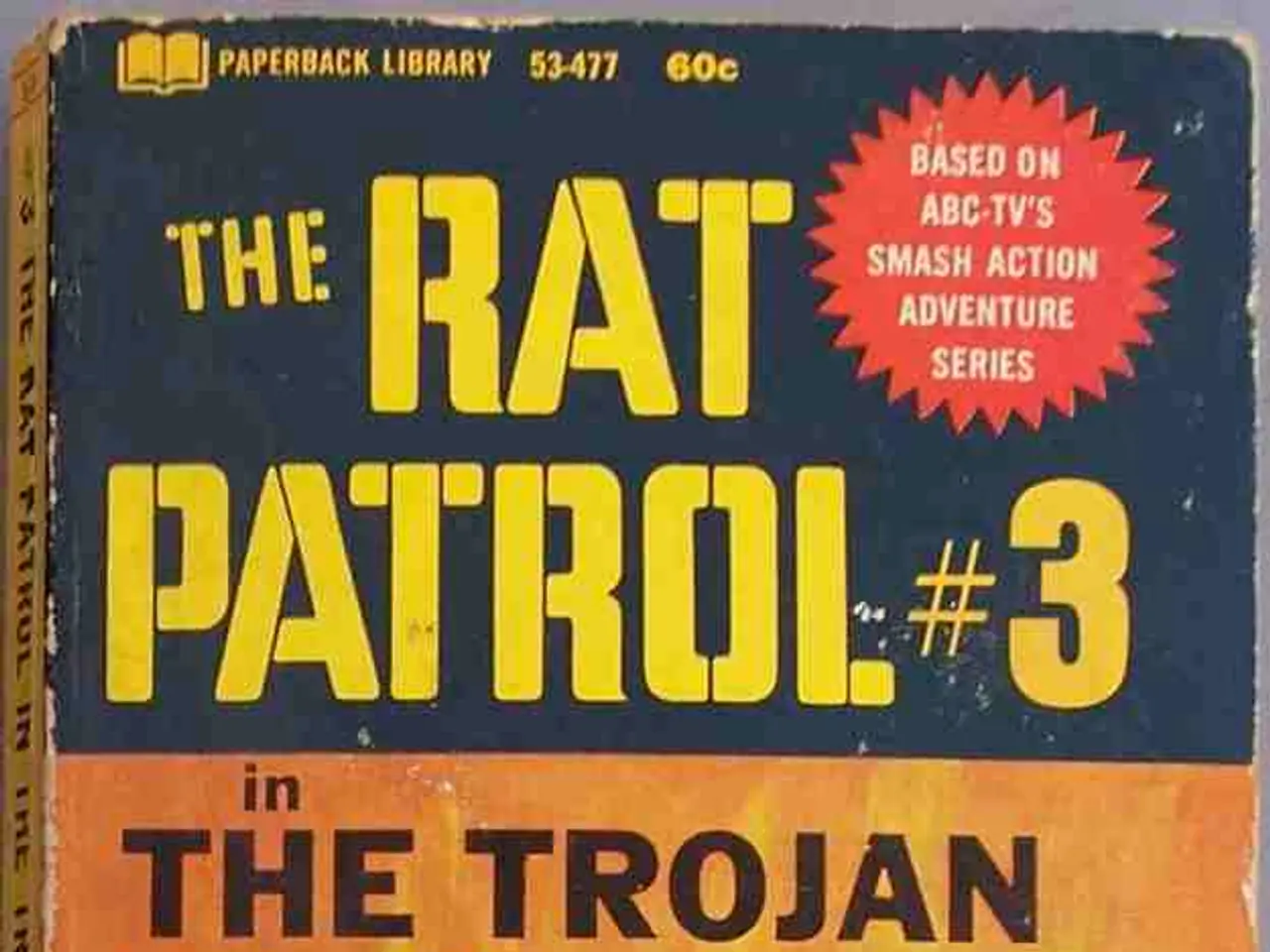Discussing the Transformation of Art into a Commercially Viable Venture: Insights by Christo
[Article]
In Hyde Park, London, renowned artist Christo – born 82 years ago in Bulgaria – oversees the construction of an ambitious floating sculpture, aptly named The Mastaba (Project for London, Hyde Park, Serpentine Lake). Standing at over 20 meters tall and composed of 7,506 55-gallon barrels, the structure weighs approximately 150 tons.
Christo, who is known for grand endeavors, has orchestrated projects like wrapping the Reichstag in Berlin, the Pont Neuf in Paris, and the extension of a jetty on Lake Iseo. These endeavors have drawn nearly a million visitors each. The red, white, blue, and purple plastic barrels of London's Serpentine Lake, designed in the shape of trapezoidal prisms, are reminiscent of ancient Mastaba structures. This installation will be displayed as part of the Serpentine Gallery's Christo & Jeanne-Claude exhibition (June 19 - September 9).
In exchange for temporarily occupying 1% of the lake's surface, Christo has committed to ecological initiatives. These include creating new habitats for birds and bats and implementing a water recycling system to help prevent algal blooms. Remarkably, the public will incur no costs related to this installation, making it a prime case study at Harvard Business School, which cites Christo as an example of successful entrepreneurship, along with Steve Jobs and Bill Gates.
The project in Hyde Park is not the first instance of Christo's commitment to self-financing. Beginning in 1991, the artist and his late partner, Jeanne-Claude, refused public funding and sponsorship. They financed all their projects by selling Christo's preparatory works, such as drawings and collages, directly to collectors. The proceeds were reinvested back into the projects.
Christo's work Wrapped Pont Neuf in Paris, Wrapped Reichstag in Berlin, and the 7,503 saffron-colored fabric gates in Central Park, New York, are milestones in the duo's artistic philosophy. Earlier works served as collateral for loans and helped cover costs like legal, engineering, insurance, and consulting fees during project realization. The Reichstag project, for instance, required $15 million in funding, with Deutsche Bank guaranteeing half the amount, with the final payment made in 2003, eight years after the project's completion.
This approach allowed Christo and Jeanne-Claude to maintain artistic freedom, undertake large-scale projects worldwide, and uphold their vision and integrity without compromise.
[End of Article]
The project in Hyde Park, London, is a prime example of Christo's self-financing business model, where he funds his grand art installations with the proceeds from the sale of his preparatory works. This approach, followed since 1991, has allowed Christo to maintain artistic freedom and uphold his vision and integrity without compromise, much like other successful entrepreneurs such as Steve Jobs and Bill Gates. As part of the Serpentine Gallery's exhibition, The Mastaba (Project for London, Hyde Park, Serpentine Lake) will display 7,506 recyclable plastic barrels on the Serpentine Lake, reminding us of ancient Mastaba structures, while incorporating ecological initiatives to benefit the local environment.




